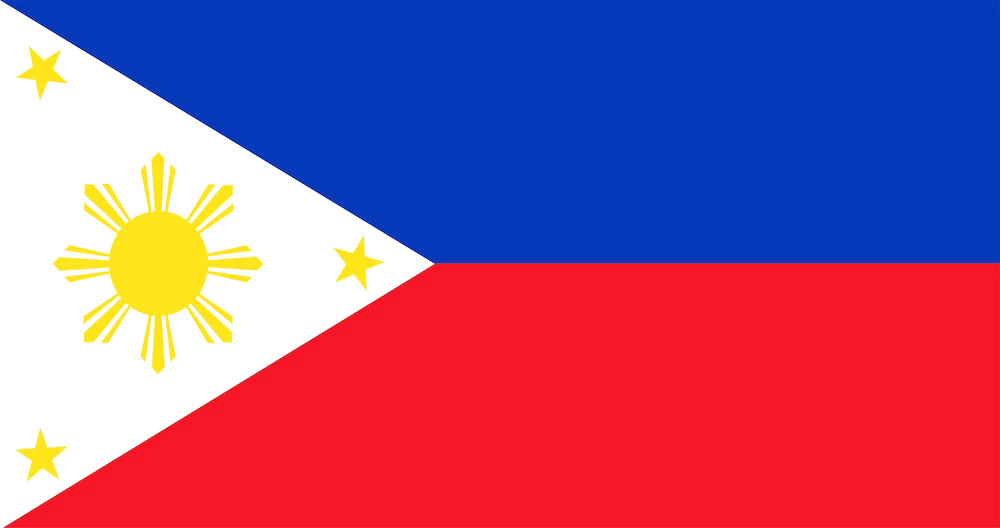Philippine Independence Day is more than just a day on the calendar. It carries deep meaning and national pride. It’s a celebration of freedom earned through struggle and sacrifice. It’s a reminder of a nation’s fight for freedom, a celebration of cultural roots, and a call for unity. As 2025 approaches, Filipinos across the globe gear up to commemorate this historic event with renewed pride and innovative ideas. In this article, you’ll find a detailed look at the holiday’s history, the planned celebrations for 2025, and its significance in shaping the country’s future.
The Historical Significance of Philippine Independence Day
The History of Philippine Independence
The story begins with a fierce struggle against Spanish colonial rule. Filipino revolutionaries fought bravely for independence for years. Their efforts culminated with the declaration of independence on June 12, 1898. Emilio Aguinaldo, a key figure in this fight, proclaimed the nation free at Kawit, Cavite.
The declaration was a bold move against centuries of foreign domination. It was followed by treaties like the Treaty of Paris in 1898, where Spain sold the Philippines to the United States. These events helped shape the country’s path toward full sovereignty. Today, June 12 remains a symbol of Filipino resilience and hope.
The Evolution of Independence Celebrations
In the beginning, independence was marked by simple ceremonies and speeches. Over the years, celebrations have grown bigger and more colorful. From small community events to grand parades, Filipinos have found new ways to honor their freedom.
In 1962, the government officially declared June 12 a national holiday. Later, modern celebrations included fireworks, concerts, and cultural shows. Today, these events reflect the country’s progress and pride, becoming more diverse and inclusive with each passing decade.
Filipino Heroes and Their Contributions
Many heroes played vital roles in achieving independence. Emilio Aguinaldo led the charge, while Andres Bonifacio founded the Katipunan, sparking the revolution. Apolinario Mabini became a political thinker and adviser, guiding the movement with his wisdom.
Their sacrifices remind us of the importance of patriotism. Their words and deeds still inspire Filipinos to stand up for their rights and heritage. Celebrating these heroes keeps their spirit alive in every Filipino’s heart.
Celebrations and Events in the Philippines for 2025
National and Community Festivities
The Philippines hosts colorful parades and flag-raising events every year. These celebrations are full of energy and tradition. Major cities like Manila, Cebu, and Davao shine during these events. These celebrations often feature marching bands, traditional dances, and colorful floats. Special programs are organized for students and veterans, emphasizing unity and respect.
Community-based activities include street fairs, outdoor concerts, and civic parades. These events bring people together, reinforcing the spirit of patriotism and shared history. In 2025, expect even grander festivities, blending tradition with new trends.
Cultural Performances and Exhibits
Filipino culture takes center stage during Philippine Independence Day. Traditional dances like Tinikling and Singkil are performed, highlighting the country’s deep cultural roots. Art exhibits display historical photos, medals, and memorabilia related to independence.
In 2025, digital art and virtual exhibits will add a fresh touch to cultural displays. For example, online galleries and augmented reality tours will allow viewers to experience history from home. Music concerts highlighting Filipino composers will also energize the celebrations.
Commemorative Activities and Education Initiatives
Schools play a key role in celebrating independence. They hold essay contests, reenactments, and history lessons to teach students about their roots. Local communities organize volunteer projects, such as tree planting and cleanups, to promote patriotism and environmental care.
Educational programs in 2025 will emphasize the importance of knowing Filipino history. These efforts nurture pride and ensure future generations uphold the nation’s ideals.
The Cultural Significance of Araw ng Kalayaan Today
How Independence Shapes Filipino Identity
Our independence is a core part of what it means to be Filipino. It influences values like freedom, resilience, and community. Celebrating Araw ng Kalayaan reminds us of our shared heritage and pride.
Filipinos are a diverse group, but independence is a unifying force. It encourages us to embrace our culture, language, and traditions. Over time, celebrating freedom has also become a way to honor progress and hope.
Role of Media and Digital Platforms
In today’s digital age, social media is vital for spreading patriotism. Hashtags like #ArawngKalayaan2025 or #PhilippineFreedom often trend during the celebrations. Online campaigns encourage Filipinos to share stories, photos, and videos that highlight their pride.
Virtual events, live streaming, and interactive content make independence accessible to everyone, even those far from home. These platforms foster a sense of unity across borders.
Contributions of Overseas Filipinos
Filipinos living abroad also celebrate independence in their own way. Many organize community events, cultural shows, and charity drives. They take pride in sharing Filipino heritage with local communities.
Examples include street festivals in the US, Canada, and Middle East countries, featuring traditional dances and cuisine. These initiatives keep the Filipino spirit alive globally, strengthening bonds regardless of distance.
Future Outlook for Independence Day Celebrations in 2025 and Beyond
Innovations and New Traditions for 2025
Technology will play a big role in upcoming celebrations. Virtual reality tours of historical sites, online fireworks displays, and interactive exhibits will give new life to the holiday. Expect more eco-friendly initiatives like reusable banners and waste-free parades to promote sustainability.
Modern celebrations might also include social media challenges, short films on Filipino heroes, and pop-up museums in malls and parks. These innovations can make the holiday relevant and engaging for a new generation.
Government and Community Initiatives
Government agencies are working to make independence celebrations more inclusive and meaningful. Policies could include nationwide cleanups, educational campaigns, and awards for outstanding Filipino contributions.
Community groups are encouraged to organize local festivals and cultural workshops. These efforts build stronger bonds and highlight the importance of unity in progress.
Challenges and Opportunities
One challenge remains preserving regional cultures amid modernization. Diverse traditions must be celebrated to prevent uniformity from diluting Filipino identity. Additionally, engaging younger audiences requires creative approaches.
However, the opportunities are vast. Digitally connected Filipinos worldwide can share their celebrations easily. These shared experiences strengthen our collective patriotism.
Conclusion
Philippine Independence Day isn’t just a date on the calendar; it’s a symbol of resilience, pride, and hope. The 2025 celebrations will blend tradition with innovation, driven by digital platforms, community efforts, and our shared history.
As Filipinos, we all have a role in honoring our past and shaping our future. Let’s celebrate Araw ng Kalayaan with full hearts and active participation. Remember, our love for country is the foundation of a brighter tomorrow. Share your pride, learn your history, and keep the spirit of independence alive within your community.
Also Read: Celebrating UAE National Day: A Tribute to Unity and Progress
Discover more from NoseyPepper
Subscribe to get the latest posts sent to your email.










Recent Comments